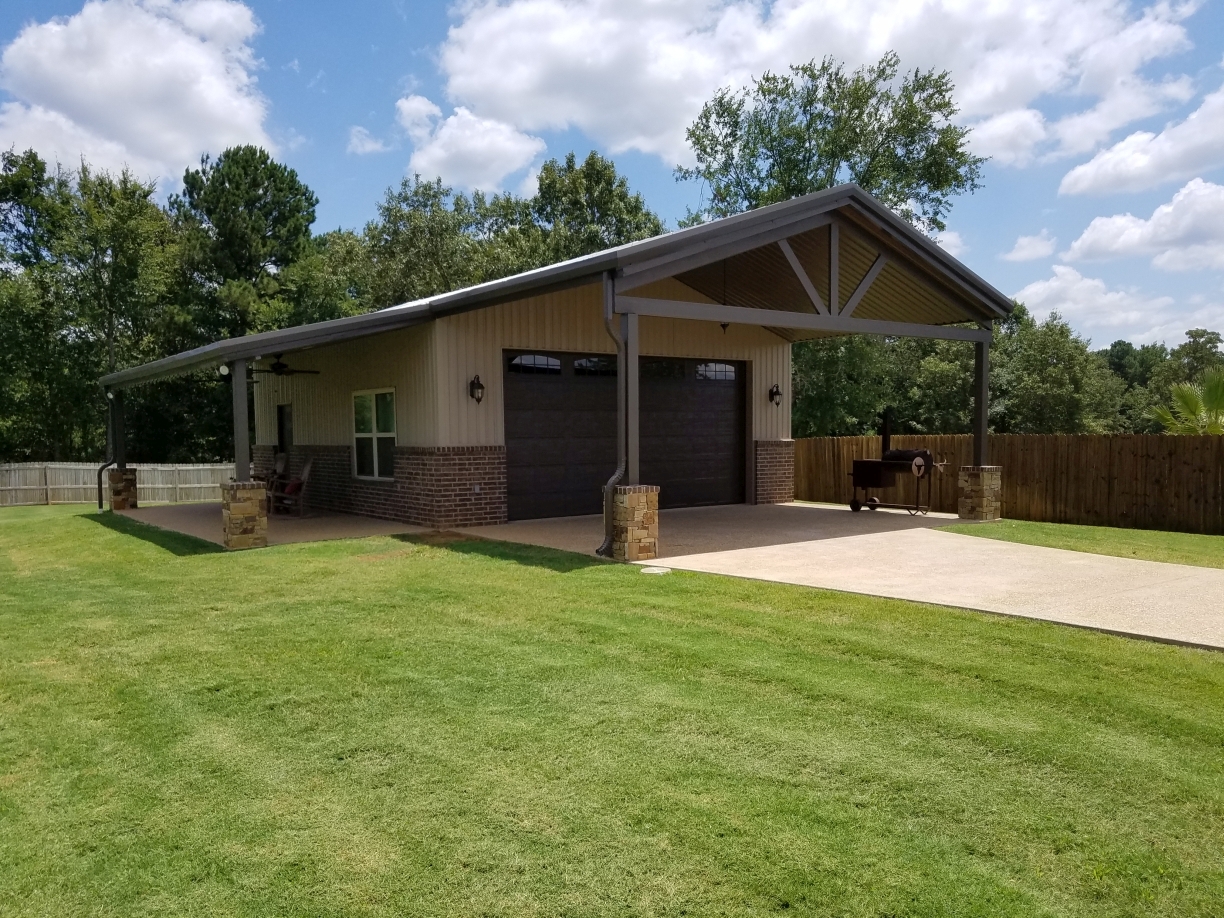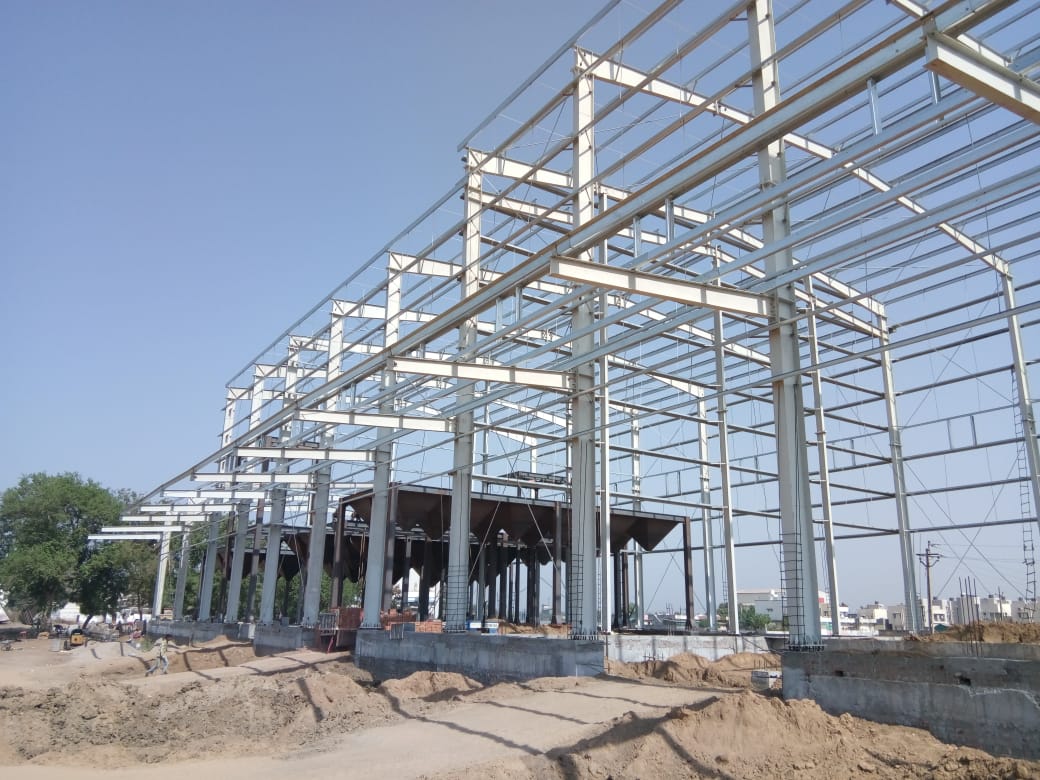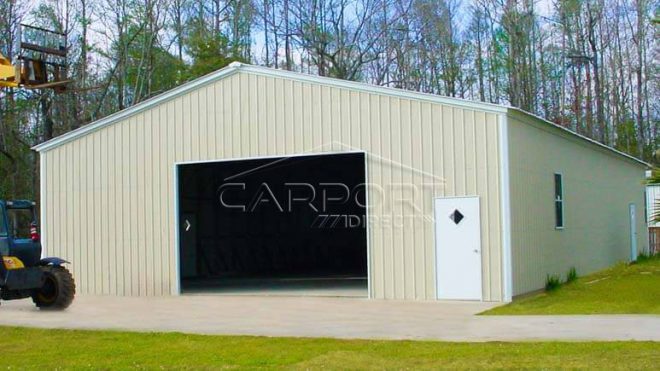Specialist Guide to Steel Building Design: Optimizing Effectiveness and Longevity
In the world of building, the option of structure material holds paramount value in figuring out the performance and longevity of a framework. Steel, with its phenomenal strength, sturdiness, and convenience, has become a favored option for modern structure style. Engineers and architects are constantly checking out ingenious ways to harness the possibility of steel in creating sustainable and enduring structures. From enhancing style factors to consider to carrying out cost-efficient building and construction techniques, the trip in the direction of taking full advantage of efficiency and durability in steel structure design is a multifaceted one, providing a mix of functional difficulties and creative solutions that thrust the industry forward.
Advantages of Steel Structures
Steel buildings supply unrivaled durability and cost-effectiveness compared to traditional building and construction materials. The toughness of steel gives excellent structural integrity, making it a recommended selection for structures that require to endure severe weather or hefty lots. Steel is highly immune to insects, mold and mildew, and fire, making sure a longer life-span with marginal upkeep needs. Furthermore, steel is a sustainable material, as it is totally recyclable and can be repurposed at the end of its helpful life.
In terms of cost-effectiveness, steel buildings are commonly more cost effective than frameworks made from other products. The efficient construction procedure of steel buildings can lead to lowered labor prices and shorter task timelines. Steel's durability likewise translates to decrease upkeep costs in time, as there is much less demand for fixings or replacements compared to standard structure products.
Design Factors To Consider for Performance
Provided the advantages of steel structures in regards to toughness and cost-effectiveness, it is important to concentrate on style considerations that optimize effectiveness and longevity. When making a steel structure for optimum effectiveness, factors such as the insulation, layout, and orientation should be thoroughly thought about. Reliable designs can minimize product waste during construction and enhance the functionality of the building. In addition, picking the ideal positioning can aid optimize natural light exposure, minimizing the demand for fabricated illumination and lowering energy prices.

Additionally, incorporating energy-efficient systems, such as heating and cooling, lighting, and eco-friendly energy resources, can additionally enhance the efficiency of steel structures. By incorporating these style considerations, steel frameworks can attain optimal efficiency and durability, offering sustainable and affordable options for various construction projects.
Structural Honesty and Long Life

Normal upkeep, including inspections for indications of wear or damage, is likewise vital for identifying and attending to problems prior to they compromise the building's stability. By focusing on structural honesty in the design phase and throughout the building's life expectancy, owners can guarantee their steel structures stay secure, reliable, and sturdy for years to come.
Economical Building And Construction Methods
Reliable building and construction techniques play a crucial duty in handling expenses without jeopardizing the high quality and honesty of steel building jobs. Furthermore, pre-engineered steel buildings are recognized for their toughness and require very little maintenance, resulting in long-lasting expense savings.
One more cost-effective technique is the design-build technique, where the layout and construction phases are integrated. This technique promotes cooperation in between the layout and building groups, improving the procedure and decreasing delays and cost overruns (steel buildings). By entailing all stakeholders from the get go, possible concerns can be identified and resolved early, conserving both money and time
In addition, taking on lasting construction techniques, such as making use of recycled steel and incorporating energy-efficient features, can bring about significant price financial savings in the long run. These practices not only reduce building waste yet also reduced functional expenses with boosted power performance. Finally, carrying out cost-efficient building and construction techniques is necessary for optimizing performance and ensuring the long life of steel building tasks.
Upkeep Tips for Long Life
Appropriate upkeep practices look at here now are vital for guaranteeing the durability and architectural integrity of steel buildings. Routine evaluations are vital to recognize any kind of indications of corrosion, damages, or put on that can jeopardize the structure's resilience. As part of an extensive maintenance plan, it is very important to quickly attend to any kind of problems that develop to avoid them from rising and creating more extensive damages.

Another essential upkeep suggestion is to check the structure's links, bolts, and welds to guarantee they are secure and in excellent condition. Any kind of loosened or damaged elements ought to be repaired or replaced promptly to maintain the structural honesty of the building. By applying a proactive upkeep regimen, steel building owners can optimize the durability and efficiency of their frameworks.
Final Thought
In verdict, steel structures provide various benefits such as long life, cost-effectiveness, and effectiveness. By thoroughly thinking about style facets, ensuring structural stability, and making use of economical building approaches, steel structures can be enhanced for maximum efficiency and long life.
From enhancing design considerations to carrying out economical building methods, the trip towards taking full advantage of effectiveness and durability in steel structure design is a complex one, offering a blend of practical obstacles and creative options that push the industry ahead.
Given the benefits of steel buildings in terms of toughness and cost-effectiveness, it is critical to concentrate on layout considerations that maximize Bonuses performance and durability. When developing a steel structure for optimal effectiveness, factors such as the positioning, insulation, and format need to be carefully considered. In conclusion, implementing affordable construction techniques is necessary for maximizing explanation efficiency and guaranteeing the long life of steel structure projects.
By meticulously considering style elements, making sure architectural integrity, and utilizing cost-effective building techniques, steel buildings can be optimized for optimal performance and durability.